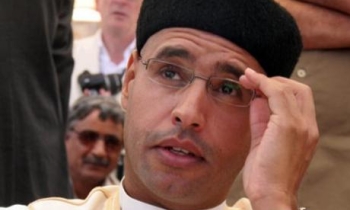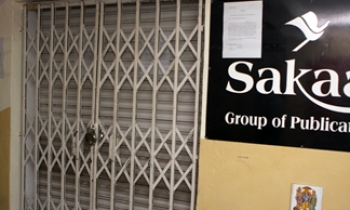Journalists have reported extensively on information technology and financial services work migrating offshore. Now it’s their own jobs they can see disappearing over the horizon. In Britain and the US, the so-called outsourced newspaper is becoming a reality.
Last Thursday, Tony O’Reilly’s Independent News & Media announced plans to hive off the downtable sub-editing of three of its Irish newspapers – the Irish Independent, Ireland’s best-selling daily newspaper; the Sunday Independent; and Evening Herald – to a company set up by two former staff members.
In the first phase, all “non-live” editing of weekly magazines and sections has been outsourced and 38 sub-editors have been offered redundancy by IN&M and encouraged to shift to the new company.
Sub-editing of the live, or daily, pages is expected to move later. Layout, design and copy-tasting functions remain in-house.
One of the affected staff members told Media the move was viewed as a cost-cutting exercise.
“The pay being offered by the new company is of course much less: for a five-day week instead of the current four days a week and with four weeks holiday as opposed to the current six,” the staff member said. “Everyone is in shock and very angry.”
Two sources said that IN&M was believed to have initially considered outsourcing some jobs to firms in India.
IN&M outsourced advertising, accounts and copytaking services to independent firms several years ago and Mr O’Reilly is on the record as being a fan of the process.
“With the exception of the magic of writing and editing news … almost every other function, except printing, is location-indifferent,” he wrote in an IN&M annual report. “No reader knows where the page is made up. No reader understands or cares about where tele-sales or marketing are located.”
IN&M is seeking to privatise its 41 per cent-owned APN News & Media, which owns 123 newspapers across Australia and New Zealand, such as the Gold Coast Mail, Toowoomba Chronicle and the New Zealand Herald, and 12 metropolitan Australian radio stations. A spokesman said none of the APN papers had outsourced any work and there were no plans to do so.
Mark Ryan, assistant federal secretary of local journalists union, the Media, Entertainment and Arts Alliance, said officials were aware of the practice but had seen no sign of it occurring here.
“There has been outsourcing of the printing of magazines overseas, but nothing on the editorial side,” he said.
However, overseas it is a growing trend. Last year Richard Desmond’s Northern & Shell (which in Australia owns weekly magazine OK!) announced it was completely outsourcing the business section of the Daily Express to Press Association, costing 35 journalists’ jobs.
In the US, a growing number of news organisations are relocating jobs, not just to another company but to another continent, usually, the sub-continent.
Since 2004, wire service Reuters has been covering Wall Street company news from Bangalore, India, where it employs 1600 staff, including journalists. Reuters has also reportedly moved photo editing jobs from Canada and the US to Singapore.
According to a January article in the International Herald Tribune, Ohio’s Columbus Dispatch has outsourced 90 graphic design jobs to Pune in India and California’s Contra Costa Times has shifted ad positions to India. In its Shaping the Future of the Newspaper report, released in the middle of last year, the World Association of Newspapers compiled a list of outsourcing case studies that included IN&M; the BBC, which it said had outsourced human resources; Viennese newspaper Vorarlberg Nachrichten, which outsourced editorial functions; Switzerland’s newspapers, which outsourced advertising sales; Italy’s Il Sole 24 Ore, which outsourced circulation and distribution management; and The New York Times, which outsourced printing.
“Whatever the risks and potential pitfalls, outsourcing is here to stay,” the WAN report said. “The newspaper industry has only recently begun taking tentative steps into outsourcing what were once considered core competencies such as editorial, advertising and circulation. But the trend is gaining momentum.”









